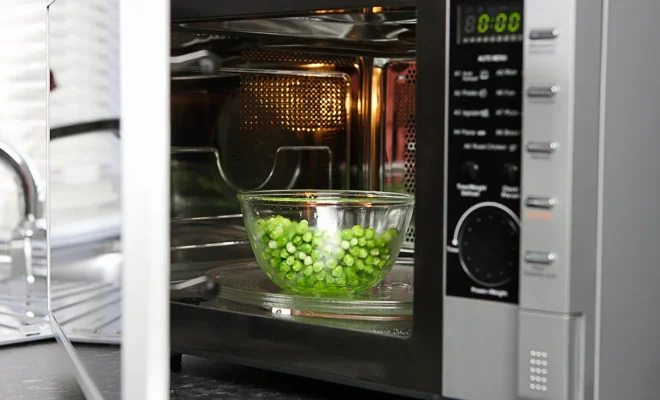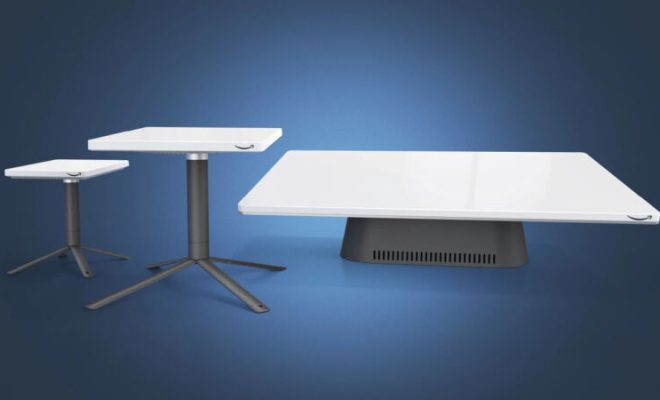How to Survive Without a Microwave: Practical Tips and Alternatives

In today’s fast-paced world, the microwave has become a kitchen staple, allowing us to heat food quickly and conveniently. However, there are times when we might find ourselves without access to a microwave, or perhaps you’re considering parting ways with it for health or environmental reasons. Whatever the case may be, here’s how you can survive and thrive without a microwave.
1. Invest in a Toaster Oven:
A compact toaster oven is an excellent alternative to a microwave as it provides many of the same benefits while using radiant heat to cook food evenly. The best part is that the food will never taste rubbery or soggy, which can sometimes happen with microwaves.
2. Use Stovetop Cooking Methods:
Get familiar with cooking on your stovetop by using pots and pans for heating foods, making sauces, or reheating leftovers. The stovetop allows for more control over heat levels and offers versatile cooking techniques like simmering, frying, and sautéing.
3. Pre-Plan Your Meals:
One reason people turn to the microwave is to quickly prepare frozen meals after a long day at work. To avoid using a microwave in this scenario, try planning your meals in advance and doing batch cooking during weekends. This will give you homemade meal options throughout the week that only require reheating with a stovetop or toaster oven.
4. Use an Electric Kettle:
An electric kettle is great for boiling water quickly without the need for a microwave or stovetop. This appliance can help save time when making tea, coffee, instant soup mixes, hot cereals like oatmeal, and even noodles.
5. Try Steam Cooking:
Steam cooking has numerous health benefits compared to microwaving since it doesn’t deplete nutrients from your food. You can buy steamer baskets or pots that fit on your stovetop to steam everything from vegetables to fish and poultry.
6. Use a Slow Cooker:
A slow cooker, also known as a Crock-Pot, is a fantastic way to prepare meals without the need for a microwave. Simply add your ingredients in the morning, set the heat level, and enjoy a fully cooked meal when you return home from work.
7. Plan for Thawing:
Without the convenience of a microwave’s defrost function, you will need to plan how to thaw frozen items. You can defrost items overnight in the refrigerator or place them in cold water until they are fully defrosted.
8. Use an Air Fryer:
An air fryer cooks food quickly using convection heat in much the same way as oven cooking. This appliance is ideal for reheating leftovers or cooking frozen meals without a microwave.
By implementing these tips and alternatives into your daily life, you will see that it’s entirely possible to survive without relying on a microwave. You may even find that the quality and taste of your food improves and that you become more creative in your cooking methods as well!





